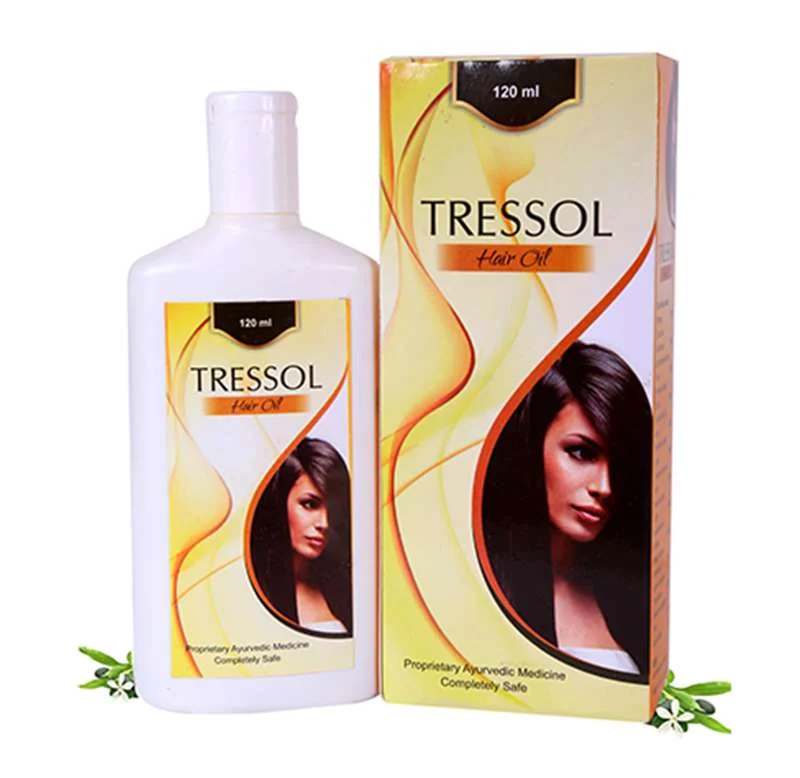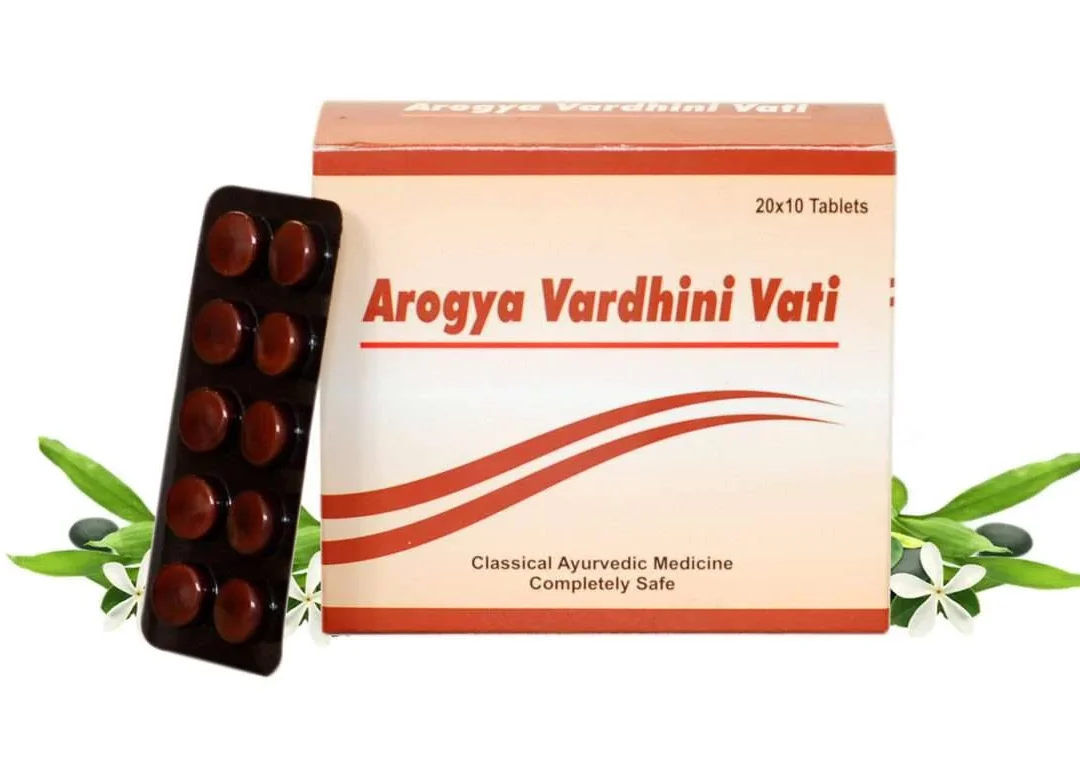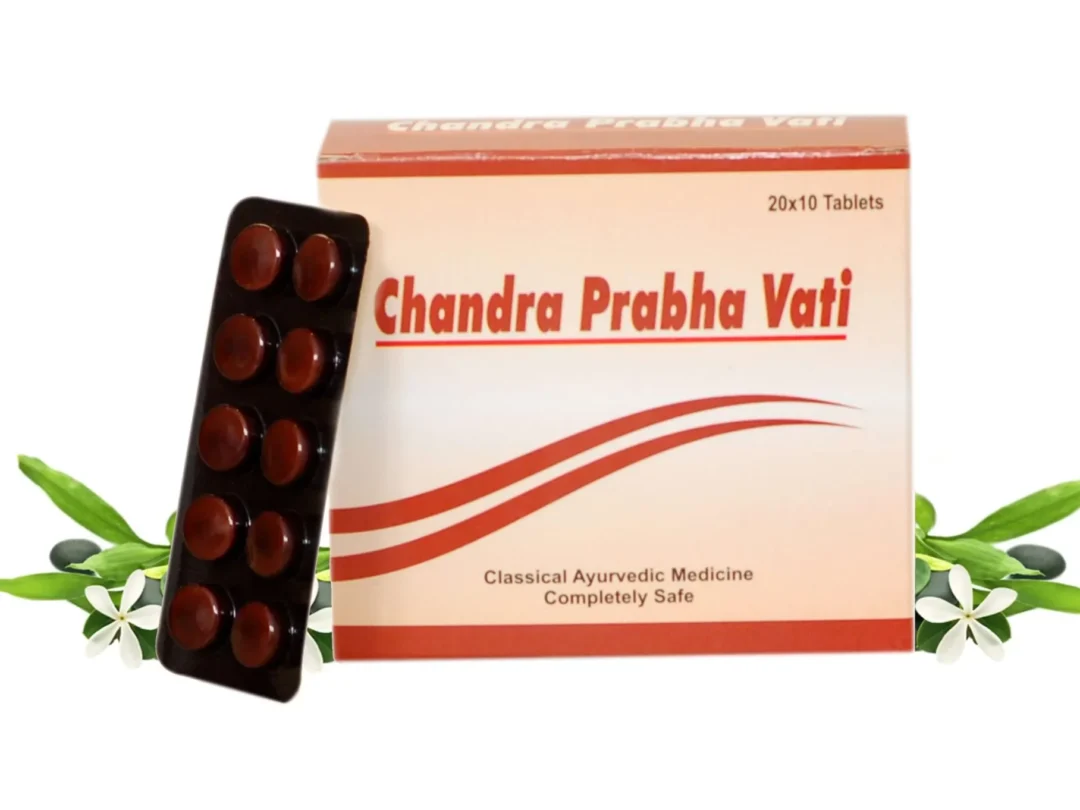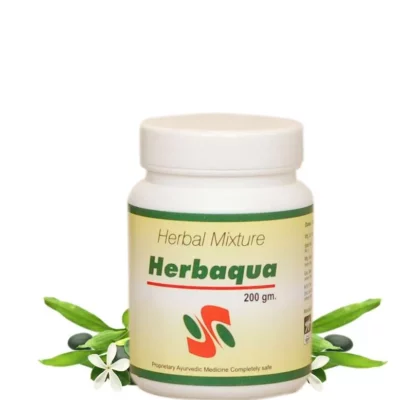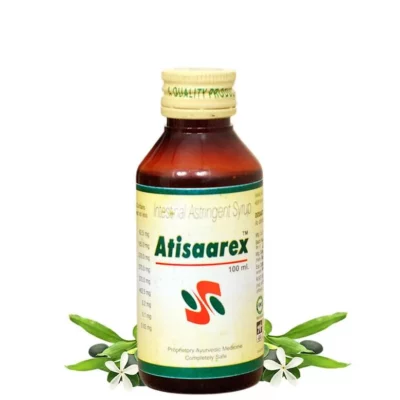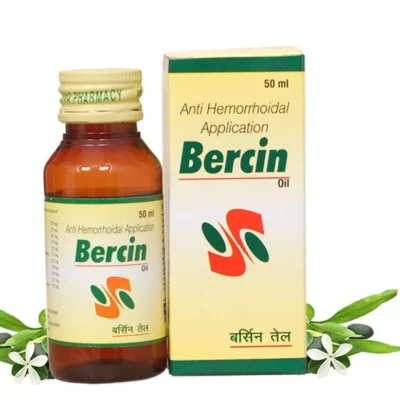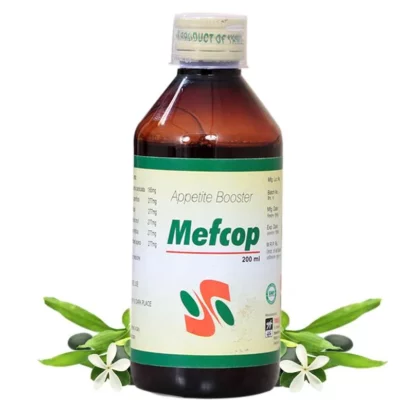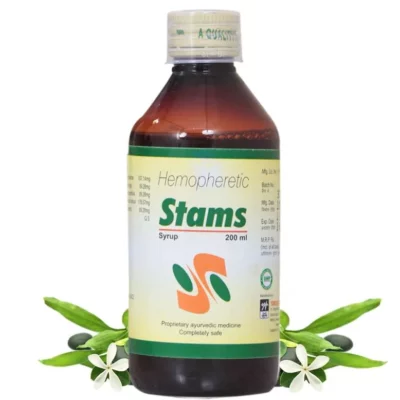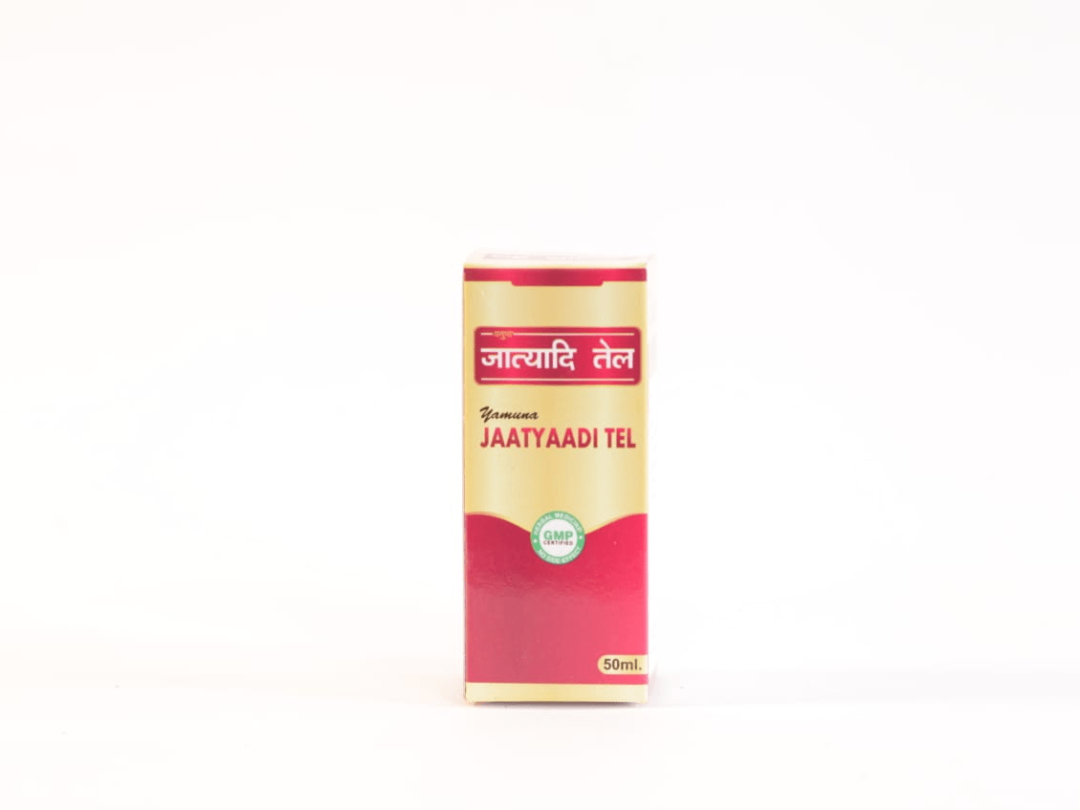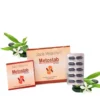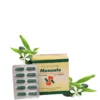Amla a tree that is small to medium in size having height 1 to 8m grows throughout India. The leaves are light green in color, subsessile, simple, & closely set along branchlets. Flowers of the Amla tree are greenish-yellow in color. The fruits of Amla are spherical in shape with a hard & smooth appearance. When the fruit is unripe its color is light green-yellow. But the ripened fruit of Amla is dark yellow color berries. The fruit of this herb is considered as Rasayana means having rejuvenating property. Its fruit is commonly used for all medicinal purposes. Amla fruit is rich in vitamin C that makes it a powerful antioxidant. This herb has the property to fight against various bacteria, viruses, & any kind of ailments. Amla gives effective results on Common cold, Skin Diseases, Cancer, Hypertension, Eye Diseases, Hair problems, etc. The anti-inflammatory property of this herb relieves pain. It is one of the best natural immunity booster herbs. Eating Amla can improve your immunity to fight against diseases.
According to Ayurveda Amla help in balancing the three doshas (Kapha, Vata, Pitta) in the body. Drinking Amla juice daily keeps you blemishes-free, maintain your health, & provides a natural glow to the skin. The overall detoxification of the body is done with the use of this amazing herb. In the preparation of Chaywanprash Amla fruit is the key ingredient along with other herbs. Daily use of Chaywanprash can rejuvenate your whole body.
What are the different synonyms of the herb Amla?
Phyllanthus Emblica, Indian gooseberry, Amalaki, Malacca tree, Dhatri, Shriphala, Dhatrika, Shita, Vrushya, Gayatrei, Amrita, Amritfala, Tishyaphala, Sheetaphala, Nellikai, Nelli, Usheeri kaya.
What is the Source of the Herb Amla?
The main source of Amla is plant-based.
Various Health Benefits of Amla
Why herb Amla is considered as a natural rejuvenator?
Ayurvedic Point of View:
According to Ayurveda Amla is considered one of the best Rasayana. It rejuvenates the body cells & builds strong immunity. In Charak Samhita Rasayana, chapter Amla is used in the form of Chaywanprash. In ancient times there is a story of ?Chyawan Rishi? who consumed Chaywanprash and after eating Chaywanprash, he had rejuvenated his body from an older man to a young adult. That is why it is considered as a natural rejuvenator.
Modern point of View:
The astringent & antibacterial property of this herb builds a strong immunity. Amla is also considered as a strong antioxidant that repairs & prevent the damaged cells. Hence, it helps in rejuvenating the body naturally.
Healthy tips:
- Consume one teaspoonful of Amla Chyawanprash with hot milk once daily.
- You can also make a paste from the ripened Amla fruit. Store it in a container & consume one teaspoonful daily.
What are the benefits of the herb Amla for good digestion?
Ayurvedic Point of View:
The coolant nature of Amla balances pitta dosha in the body. As we knew for good digestion ?Sama Agni? is required. If there is excessive pitta dosha in the stomach it can cause digestive issues like indigestion, burps, hyperacidity, excessive acidity, burning sensation, etc. So, for avoiding this, Amla is a relevant herb.
Modern point of View:
The fruits of Amla provides a good source of fiber, vitamins, & minerals. This all-in combination balances the stomach acids. Hence, it relieves digestive issues such as hyperacidity, indigestion, constipation, burning sensation, etc. It is a natural appetizer that provides good digestion.
Healthy tips:
- Consume 20ml of Amla juice with an equal amount of water on an empty stomach.
- Take a teaspoonful of Amla powder with lukewarm water once daily.
How much success is herb Amla?
Amla herb has insufficient evidence in various health issues.
Different FAQs about the various benefits of herb Amla
- Can Amla be used in a common cold?
- What are the different benefits of Amla fruit?
- Does Amla be used for weight loss?
- Can we consume Amla on en empty stomach?
- How Amla can be used for hair?
- Is Amla Good for Skin?
How herb Amla is used for reducing pain in Osteoarthritis?
Ayurvedic Point of View:
Amla balance the Vata dosha that is the main cause of osteoarthritis (sandhigatVata). Hence it reduces the pain, swelling, & improves joint mobility in osteoarthritis patients.
Modern point of View:
The anti-inflammatory, analgesic, & antioxidant properties of herb Amla reduces pain, swelling, & inflammation in osteoarthritis patients. It improves the mobility of joints & protects the cartilage cushion between the joints.
How herb Amla is beneficial for Cancer patients?
Ayurvedic Point of View:
In Ayurveda Cancer is correlated with ?Arbud? that occurs due to an imbalance of all three doshas in the body. Amla herb helps to balance the three doshas (Kapha, Vata, Pitta). Hence can be used for Cancer patients.
Modern point of View:
Amla provides vitamin C in ample that boost the immunity naturally. The antioxidant nature of this herb inhibits the enzymes topoisomerase, & cdc25 tyrosine phosphatase that is responsible for the multiplication & growth of cancer cells.
How Amla herb is used for Eye disorders?
Ayurvedic Point of View:
All three doshas are balanced with the use of the herb Amla. So, it treats eye disorders naturally.
Modern point of View:
The antioxidant, antimicrobial, & anti-inflammatory properties of this herb reduce itching of eyes, redness, burning sensation, etc. It improves vision naturally.
What is the recommended dosage of herb Amla?
Amla Powder: Take 1 to 2 teaspoonful once or twice daily.
Amla Juice: Take 20ml once or twice daily.
Amla Paste: Take ? to 1 teaspoonful once or twice.
Amla Oil: Use as per requirement.
Amla Candy: Take 2 to 4 once daily.
Amla Murabba: Take 1 with hot milk once.
The Best method of using herb Amla:
Amla Powder: Dry fresh Amla fruit in sunlight. Make a fine powder & store it in a container. You can consume this powder as required.
Amla Juice: Take a few fresh Amla fruit cut it into few pieces. Add a little amount of water & blend it in a blender. Filter this mixture & drink once daily.
Amla Paste: Boil 3 to 4 Amla & make a paste. Use this one teaspoonful with lukewarm water.
Amla Oil: You can use Amla oil for your dried hair. Use this on your scalp & massage gently.
Amla Candy: Make Amla candies at home & consume daily.
Amla Murabba: Boil few Amla peel off the skin. Store it in a container with sugar syrup. Now you can use this one daily.
FAQs (Frequently asked questions):
Can Amla be used in a common cold?
Ayurvedic point of view:
According to Ayurveda when there is excessive formation of Kapha it can cause cough, cold. Amla has the power to balance Kapha dosha, so take 2 teaspoonfuls of Amla powder mix it with honey. Consume this once daily.
Modern point of view:
As Amla is rich in vitamin C so, it can fight against any infection related to the common cold. The antioxidant nature of this herb provides good results in the common cold.
What are the different benefits of Amla fruit?
Ayurvedic point of view:
Amla is one of the best herbs for dealing with different diseases. The fruits of Amla are used for preparing Chyawanprash that is a natural Rasayana. Amla fruit gives good results in cough, common cold, vision problems, hair problems, skin diseases, etc.
Modern point of view:
Amla fruit is rich in vitamins, minerals, fiber, etc. The use of its fruit gives effective results in digestive disorders, eye diseases, skin problems, bacterial, & viral infections.
Does Amla be used for weight loss?
Ayurvedic point of view:
Most people gain weight due to improper digestion & weak metabolism. So usage of Amla improves metabolism naturally. Hence controls weight.
Modern point of view:
The high fiber & antioxidant nature of this herb reduces weight naturally. So Amla consumption is good for health.
Can we use Amla on an empty stomach?
Ayurvedic point of view:
Yes, Amla can be used on an empty stomach due to its coolant nature & pitta pacifying property.
Modern point of view:
Yes, it can be used on an empty stomach due to its antioxidant nature.
How Amla can be used for hair?
Ayurvedic point of view:
Due to its astringent nature, healing property, & rejuvenating nature it can be used for hair. It maintains hair healthy, reduces itchiness, dandruff.
Modern point of view:
The antioxidant nature of Amla fights against free radicals & acts as a hair tonic.
Is Amla Good for Skin?
Ayurvedic point of view:
The healing & rejuvenating property of Amla provides good results in skin diseases. It balances excessive pitta dosha responsible for skin diseases.
Modern point of view:
The antioxidant nature of this herb protects the skin from UV rays. It improves skin elasticity naturally.
Common Side Effects & Precautions while consuming Amla:
The excessive usage of Amla can cause hyperacidity, loose stools, weight loss, ulcers, & high blood pressure. So always take this under the supervision of a doctor.


